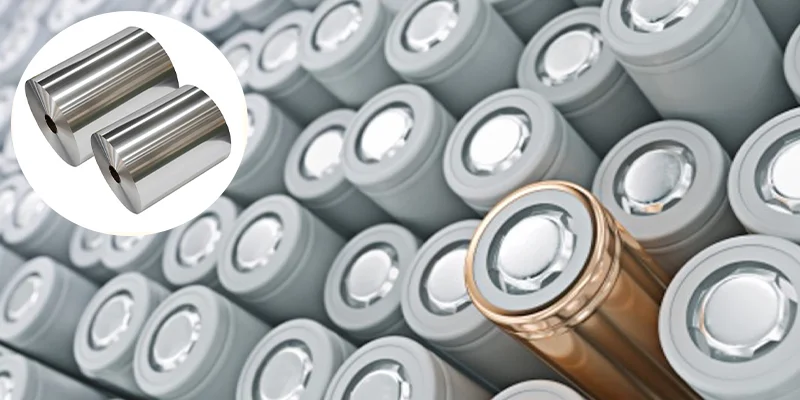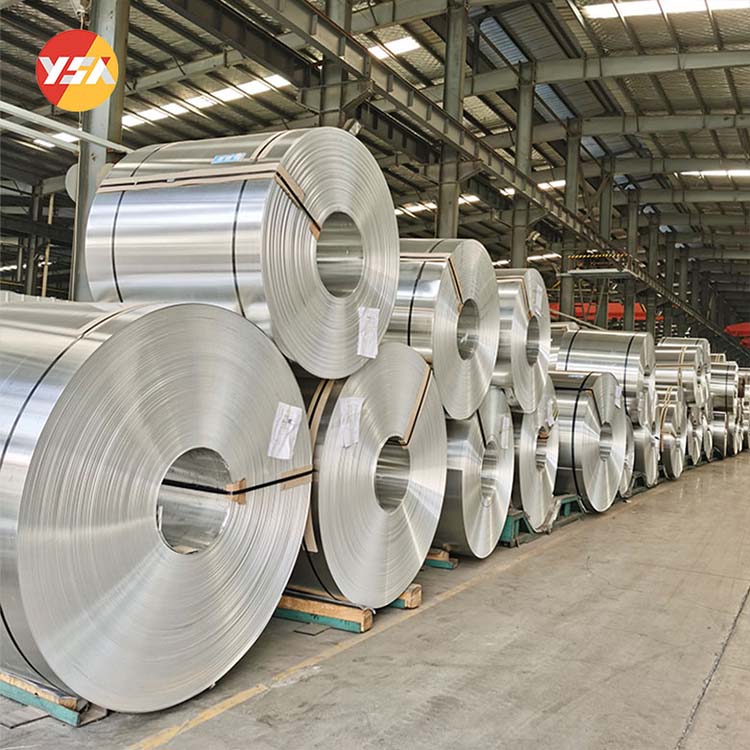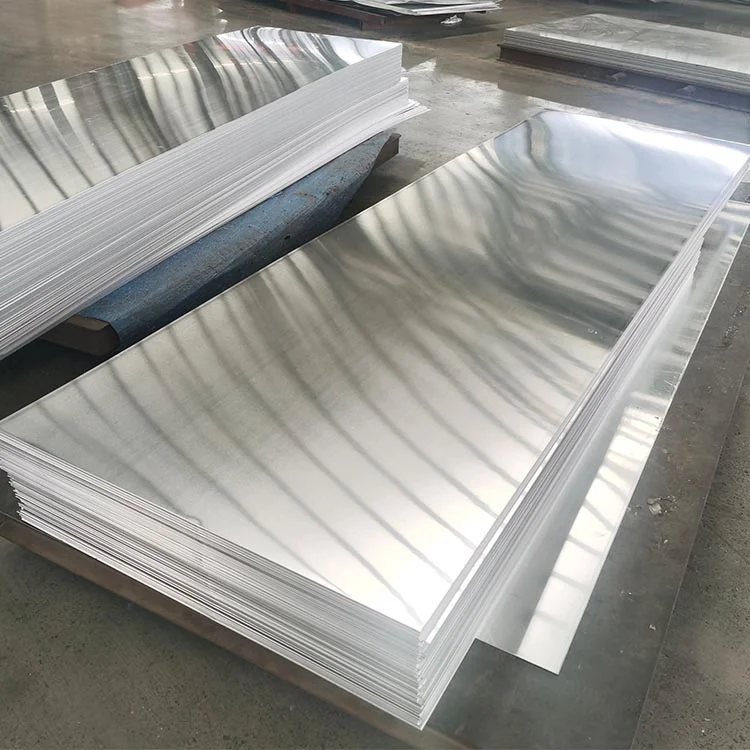In lithium batteries, aluminum foil is used for the positive electrode, and copper foil is used for the negative electrode, mainly because of their physical and chemical properties. In order to ensure the stability of the battery, the purity of aluminum foil and copper foil is required to be above 98%. So, why do we have to use aluminum foil for the positive electrode of the battery?

What Are Manufacturers’ Performance Requirements for Battery Foil?
Battery manufacturers all hope that the battery has high energy density, reduces its weight, and prolongs its service life. Therefore, they usually have the following performance requirements for batteries:
| Requirements Name | Details |
| Thickness | The thinnest thickness of battery foil has reached 8 microns, and the thickness deviation is required to be small, generally within ±4%, and some battery manufacturers require within ±2%. |
| Surface Quantity | The surface is not allowed to have pits with a diameter >1 mm, pits of 0.5-1 mm should be less than 3 m², and the dark surface should not have convex spots or bright spots. |
| Surface Wetting Tension | Generally, users require the surface wetting tension to be between 30-32dyn, but some sensitive materials require higher dyne values. |
| Edge Cutting Quality | The cutting-edge quality should be high, without cracks and burrs. |
| Mechanical Properties | While reducing the thickness, its tensile strength must be increased simultaneously; otherwise, the wear resistance will not meet the requirements. The limit of industrial pure aluminum work hardening is 310 N/mm²’, and the tensile strength of current battery foils is mostly between 190 and 280 N/mm²’. |
In short, battery manufacturers prefer to choose materials with strong conductivity and low cost. Among common metals, copper and aluminum meet these two requirements, but copper is more expensive than aluminum, so copper is not used when aluminum can be used. This is because copper foil is easily oxidized under the positive electrode, and copper oxide is not conductive. Therefore, only aluminum battery foil can be used for the positive electrode.
Why Choose Aluminum Foil For Battery?
Aluminum foil has good conductivity and is soft and cheap. For the winding process of lithium batteries, the material needs to have a certain degree of softness to ensure that the pole piece does not break during winding. Aluminum foil happens to be a relatively soft metal, and it is relatively cheap and has abundant resources.
Aluminum foil is relatively stable in the air. Aluminum reacts easily in the air, forming an oxide film on the surface of the aluminum foil to prevent further reaction of aluminum, and this oxide film also protects aluminum in the electrolyte. Copper is relatively stable in the air and basically does not react in dry air.
The positive and negative potentials of lithium batteries determine that the positive electrode uses aluminum foil and the negative electrode uses copper foil. The positive electrode has a high potential, while the oxidation potential of aluminum is high. In addition, the surface of the aluminum foil has a dense oxide film, which also has a good protective effect on the internal aluminum.
Current Status of Lithium Battery Market
In recent years, the lithium battery market has developed rapidly. The positive electrode aluminum foil has been reduced from 16 microns to 12 microns. Now many battery manufacturers have used 10 micron aluminum foil, and even 8 microns. Since lithium batteries have high requirements for the purity of aluminum foil and copper foil, the material density of the two is basically at the same level. As the thickness decreases, the weight of the battery is also getting smaller and smaller.
In addition to thickness, lithium batteries also have requirements for the surface quality of aluminum foil, requiring the quality of both sides of the aluminum foil to be similar and the coating to be symmetrical.


